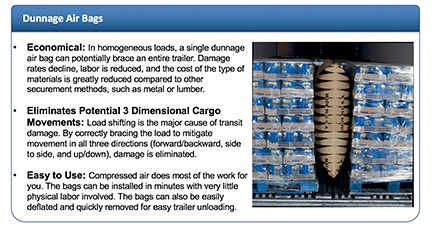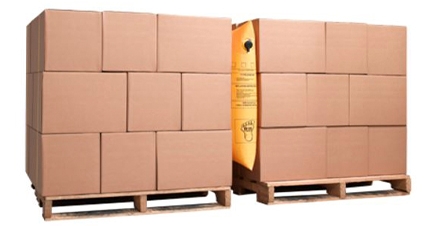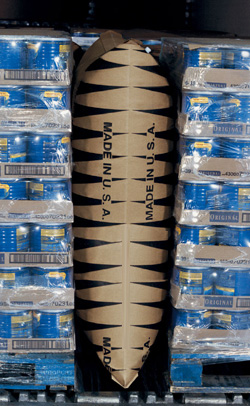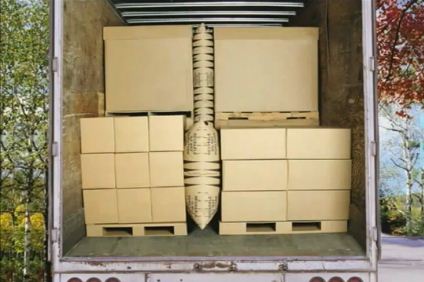Dunnage air bags protect truckloads during shipping
Shipping air bags for product protection
Dunnage air bags are the key to protecting truckloads during the shipping and receiving process. Dunnage is referred to as the material used to load and secure cargo during transportation. It can be used in numerous ways of transportation, including road, railway, ocean, or air. For our discussion, we'll keep...







